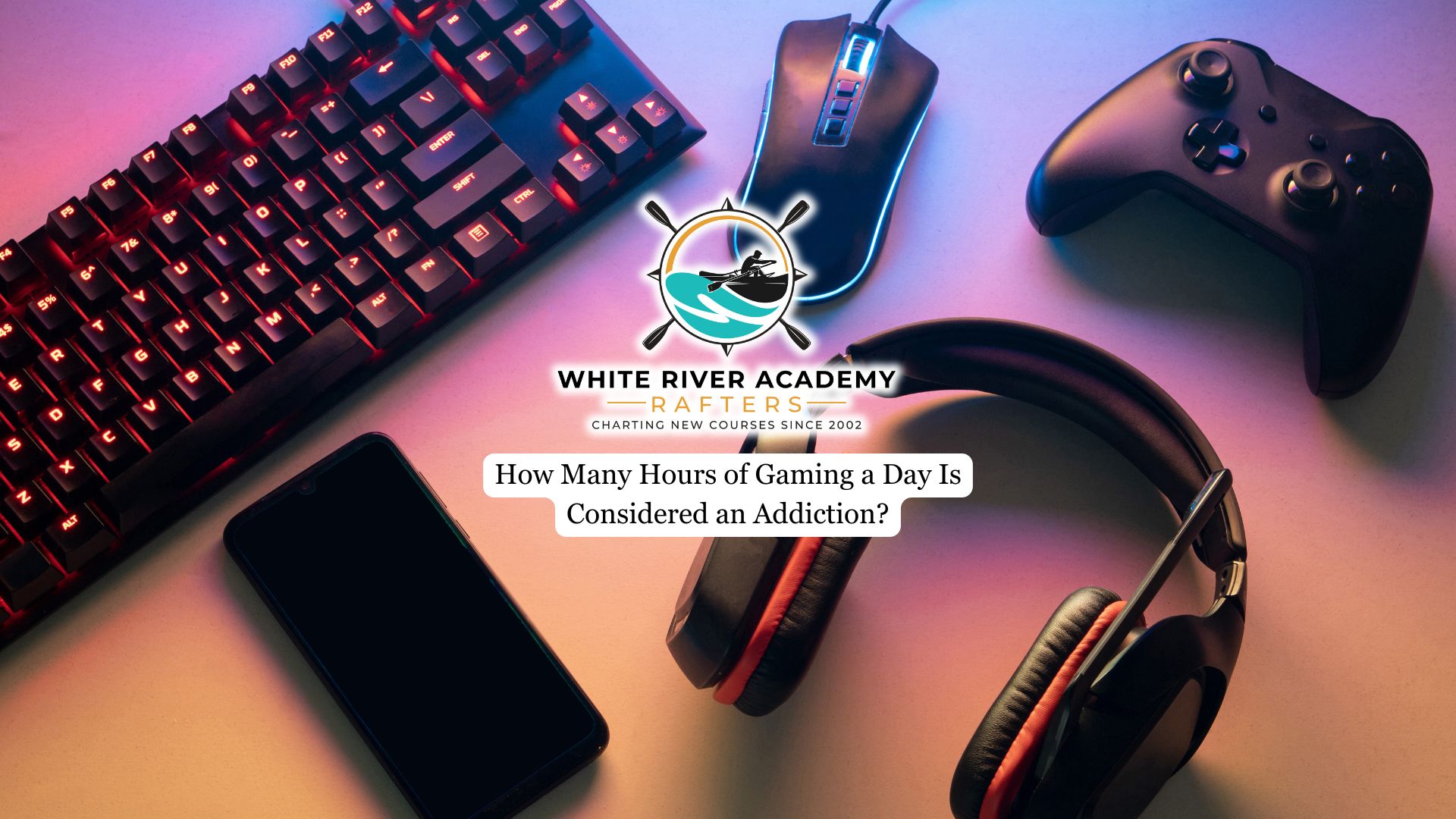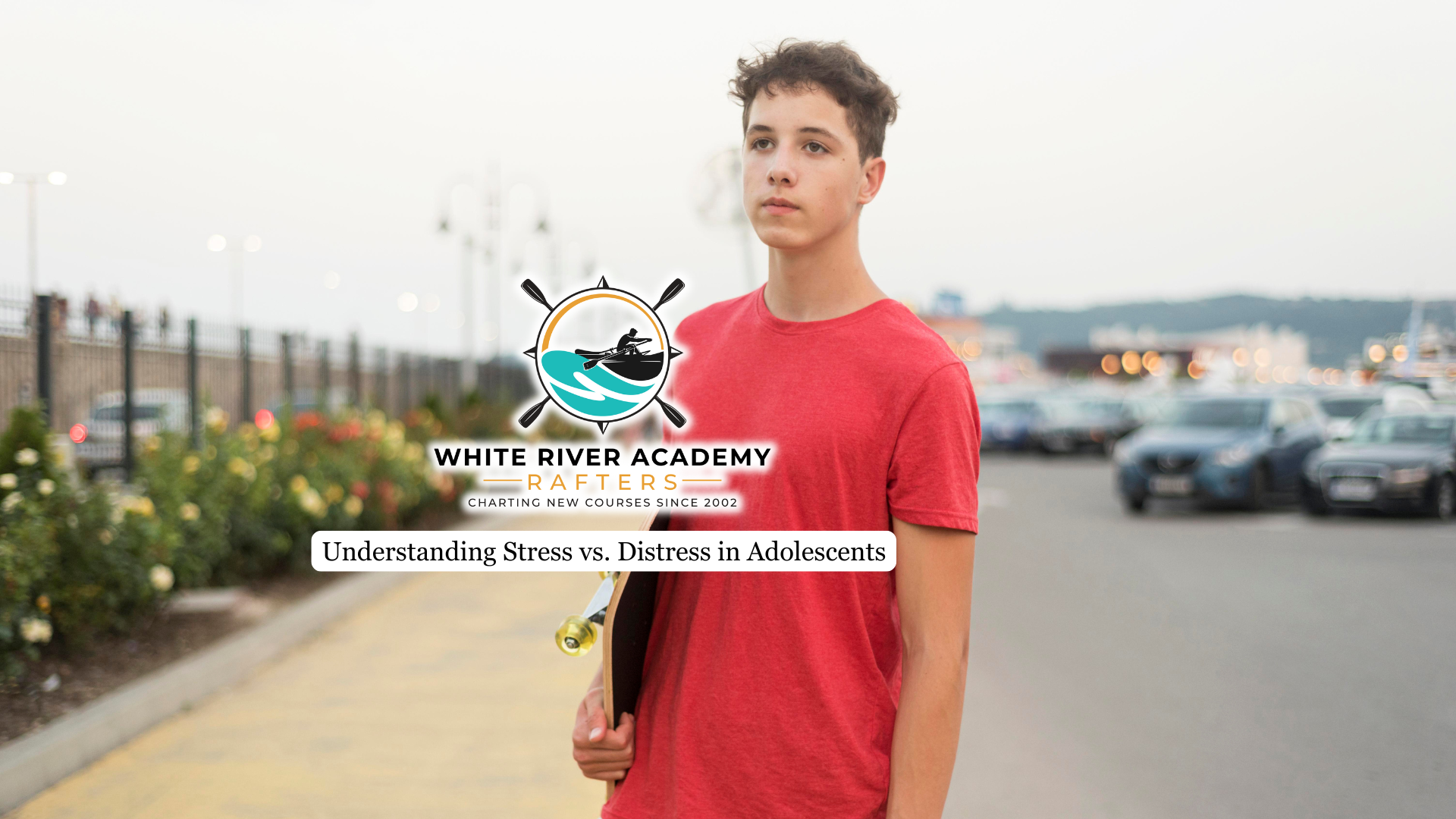Video games have become an everyday pastime for millions of people worldwide. They connect players across cultures, provide a creative outlet, and often serve as a form of relaxation. However, when the time spent on this activity begins to overshadow school, relationships, or self-care, it may point to a deeper imbalance. Finding the boundary between healthy enjoyment and harmful overuse is key to maintaining well-being.
This article examines the potential impact of excessive screen time, identifies key early warning signs, and offers guidance on how families can help teens achieve balance and recovery.
Understanding Gaming Addiction
Gaming addiction is characterized by a compulsive need to play that disrupts personal, social, or academic responsibilities. The World Health Organization (WHO) recognized it as a mental health condition, as it involves persistent play that continues or escalates despite the potential for harmful consequences.
Unlike casual use, dependency isn’t defined by hours alone but by a loss of control and the prioritization of play over essential aspects of life. Hours spent playing video games can serve as a warning sign when paired with emotional dependency and neglect of other activities. For teens showing these behaviors, joining a gaming addiction treatment program can provide structured guidance, therapy, and accountability to help them regain stability.
How Many Hours of Gaming Is Too Much?
There’s no universal standard for determining addiction, but spending more than three to four hours a day playing video games often starts to interfere with normal routines. When screen time exceeds five or six hours without breaks, it may indicate a growing dependency, particularly if gaming begins to supplant sleep, physical activity, or social interaction.
Context still matters. Competitive or professional players may log long hours for training, but when adolescents begin skipping schoolwork, ignoring relationships, or neglecting self-care to keep playing, the risk increases. Ultimately, addiction has less to do with the clock and more with how gaming affects everyday life. Once it becomes a way to escape emotional discomfort, dependency can form quickly.
Signs That Gaming Has Become an Addiction
Addiction often appears gradually through emotional and behavioral changes that can be hard to notice at first. A person may think about games throughout the day, replay scenarios in their head, or feel anxious when away from screens. Responsibilities such as school, chores, and family time are often pushed aside, leading to isolation and a decline in performance. Many also experience irritability, sadness, or restlessness when they are unable to play, which can strain relationships and lower motivation.
Other harmful signs for gaming addiction include disrupted sleep patterns, fatigue, headaches, and a general lack of interest in non-digital activities, such as sports or hobbies. Academic decline and emotional instability become evident. When these symptoms last for a year or more and begin to interfere with relationships or mental well-being, they may indicate a diagnosable disorder according to the WHO.

The Psychological Impact of Excessive Play
Excessive gaming can have a detrimental impact on a person’s emotional well-being. Over time, it may lead to mood changes such as anxiety, irritability, or low motivation, especially when access to games is limited. The constant rush of rewards and stimulation can also make it harder to focus or find satisfaction in slower, everyday activities.
Many young people turn to games as a way to cope with stress, loneliness, or self-doubt. While this offers temporary comfort, it can form a cycle of avoidance that worsens emotional struggles. Recovery timelines vary. Some improve within a few months of reducing screen time, while it may take six months or longer for others, depending on the level of addiction and the strength of family support.
Helping Teens Regain Balance
Parents and caregivers play a crucial role in helping adolescents reestablish a sense of balance. Setting realistic screen limits, promoting outdoor or creative activities, and encouraging honest discussions about stress or motivation can all support recovery. Replacing excessive technology use with healthy routines helps teens rediscover purpose and joy away from their screens.
When dependency is more advanced, professional help may be needed. Treatment often includes therapy, family involvement, and structured programs addressing the root causes of addiction.
Final Thoughts from White River Academy
Addiction develops not just from how long someone plays but from how much control it has over their choices, thoughts, and emotions. Recognizing early warning signs and taking action can prevent more serious challenges later on.
At White River Academy, we help adolescents overcome video game dependency and related behavioral issues through evidence-based treatment and structured care. Our residential therapeutic program for adolescent boys in Utah focuses on healing the mind, body, and spirit, empowering young men to rebuild confidence, restore balance, and create healthier habits for the future.




